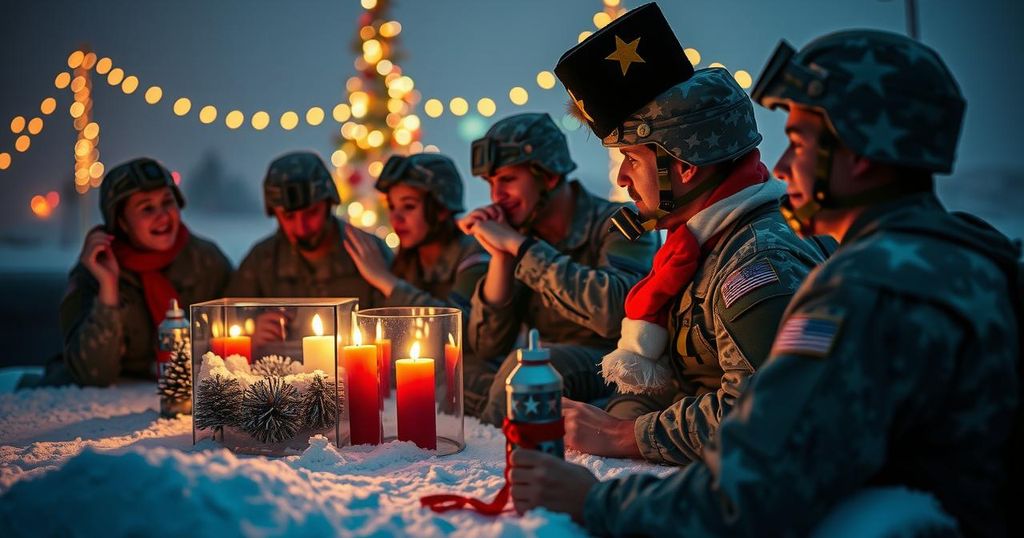Over 4,500 U.S. Troops Deployed in Iraq and Syria Amid Rising Tensions
The Pentagon recently revealed that over 4,500 U.S. troops are deployed in Iraq and Syria, a substantial increase from earlier estimates of 3,400. This includes approximately 2,000 in Syria and at least 2,500 in Iraq, along with an additional 1,100 soldiers in Syria on short-term rotations. The disclosure reflects the escalating threat to U.S. forces amidst ongoing conflicts, particularly following recent attacks by Iranian-backed groups.
More than 4,500 U.S. troops are currently stationed in Iraq and Syria, a figure disclosed by Pentagon officials this holiday season, which surpasses earlier estimates. Previously, the Pentagon reported approximately 3,400 U.S. military personnel deployed in these regions, comprising about 900 in Syria and 2,500 in Iraq. However, Air Force Major General Pat Ryder has recently clarified that nearly 2,000 of those personnel are indeed in Syria, while at least 2,500 are confirmed in Iraq.
Ryder elaborated that alongside the permanent deployments, an additional 1,100 troops are present in Syria on shorter, rotational missions. These troops assist with support operations such as force protection, transportation, and maintenance. The constant change in troop levels reflects the growing threat to U.S. forces in the region, particularly following heightened tensions after recent attacks by Iranian-backed groups.
Moreover, the U.S. military is engaged in a protracted conflict against Houthi rebels in Yemen, which has included unexpected incidents such as the Navy cruiser USS Gettysburg accidentally shooting down an F/A-18 fighter. This admission of increased troop levels is not unprecedented; similar adjustments were made concerning troop counts in Afghanistan in 2017. Furthermore, U.S. officials have remained discreet regarding future troop withdrawals from Iraq despite bilateral security agreements.
In summary, as the situation in the Middle East continues to evolve, the documentation of American military presence remains crucial for understanding operational dynamics and implications for U.S. foreign policy.
The involvement of U.S. troops in Iraq and Syria has been a contentious issue, with the Pentagon’s troop estimates often under scrutiny. The discrepancy in reported numbers has raised concerns regarding operational transparency and the ongoing U.S. military presence in these regions, particularly as threats from groups like ISIS persist. Recent military actions and geopolitical events necessitate accurate troop counts to inform both government strategy and public understanding of America’s military commitments abroad. The complexity of U.S. military operations is further compounded by the volatile security environment, which has seen increased attacks on American personnel by Iranian-backed factions, particularly following recent conflicts. This situation has underscored the necessity for constant recalibrations of troop deployments and engagement strategies.
In conclusion, the confirmed presence of over 4,500 U.S. military personnel in Iraq and Syria illustrates a significant increase from prior estimations by the Pentagon. This increase, alongside the ongoing conflicts and geopolitical challenges in the region, emphasizes the need for continued oversight and accountability regarding U.S. military engagements. As the situation evolves, the exact number of personnel deployed remains vital for maintaining operational security and diplomatic considerations.
Original Source: taskandpurpose.com




Post Comment